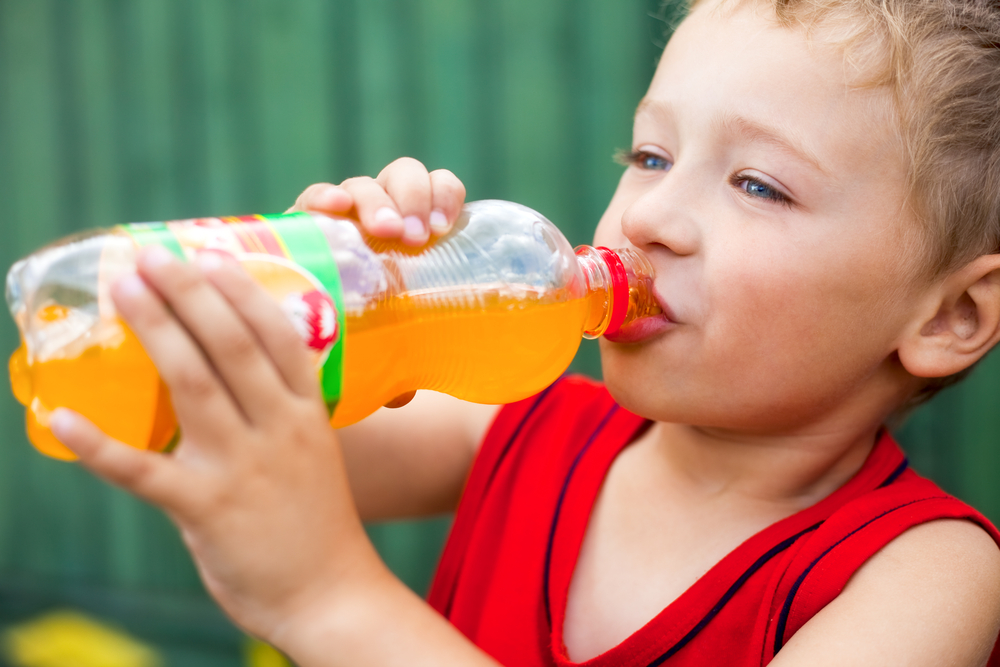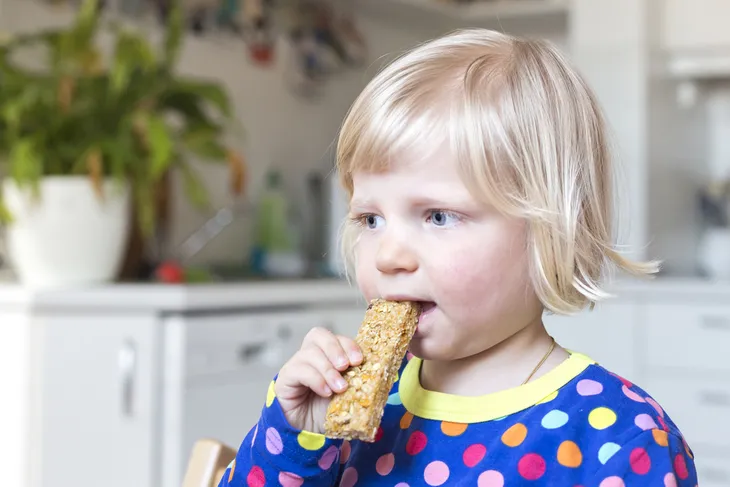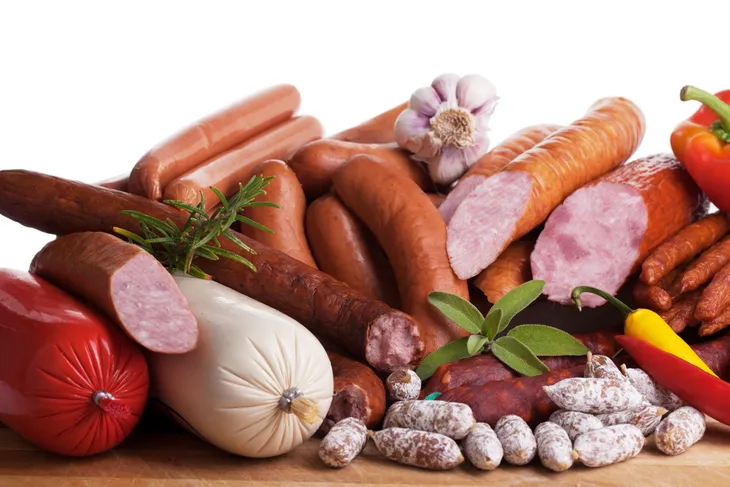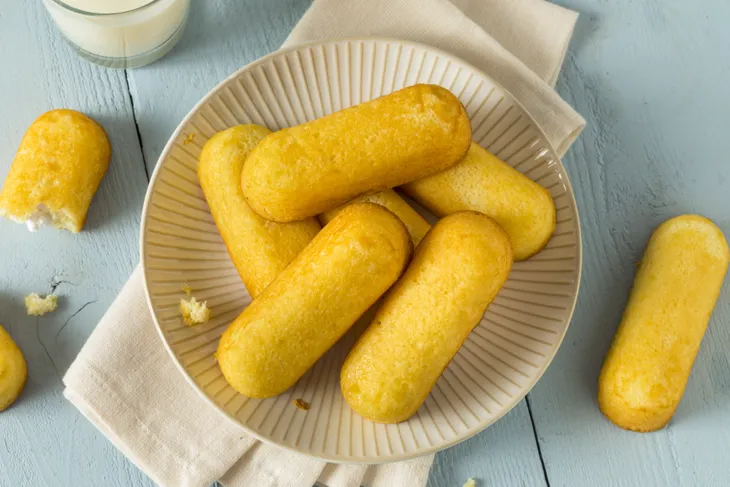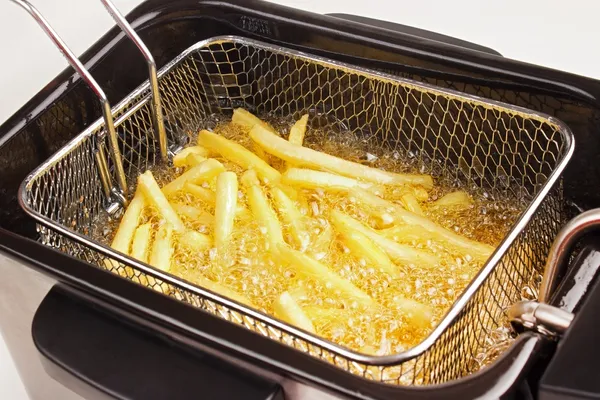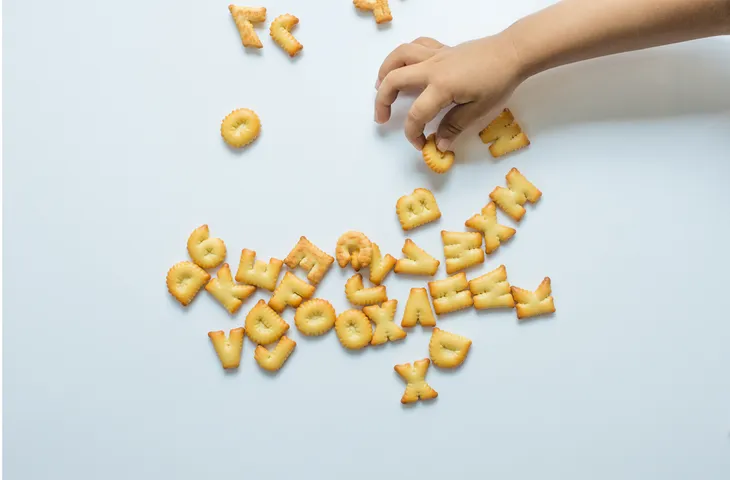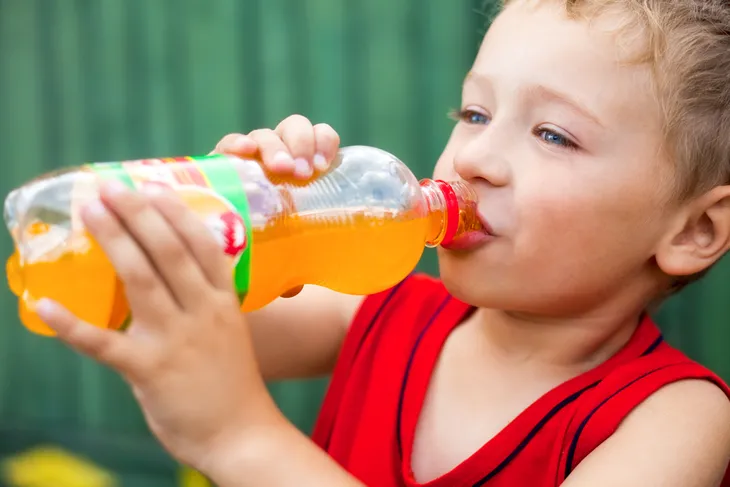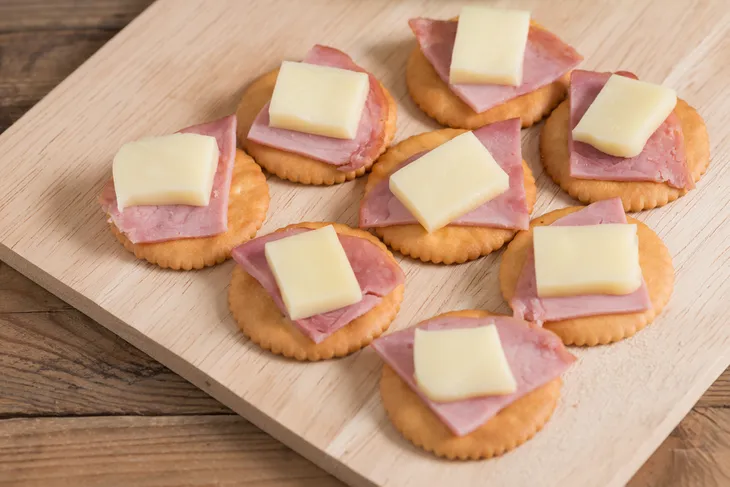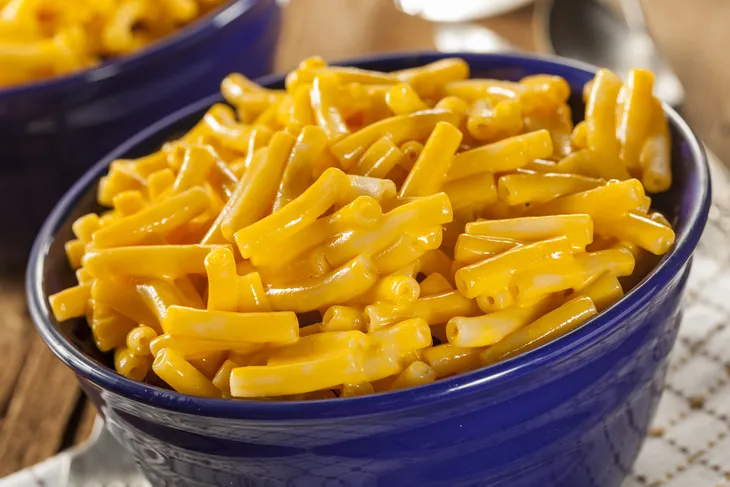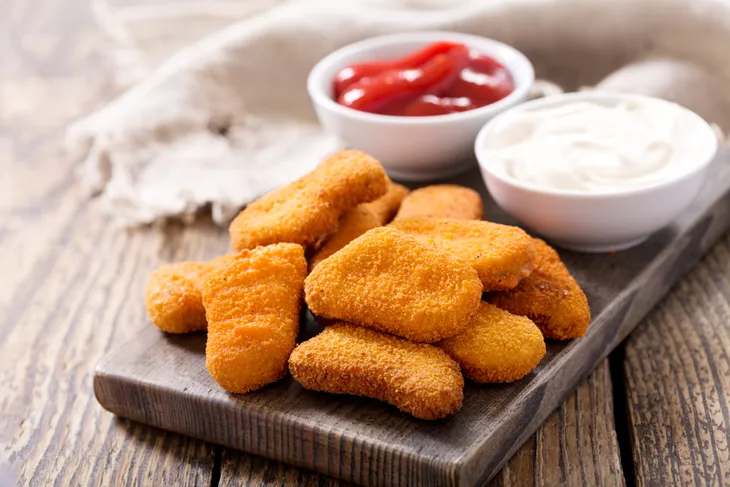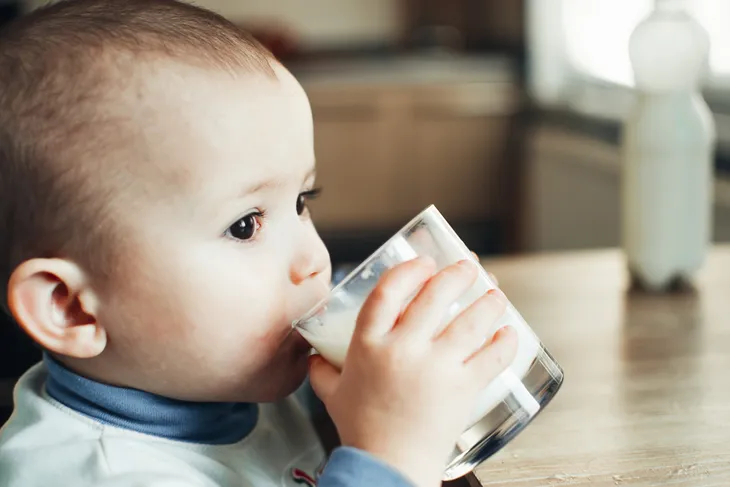When it comes to the best and worst foods for kids, oftentimes parents have little bargaining power. There are some obviously healthy foods—berries and sliced bananas on cereal—and unhealthy foods—a cheeseburger and a side of fries for lunch every day. Then there are the foods that parents think are nourishing and delicious, but that actually have very little nutritional value and a whole heap of hidden fats and sugars.
Being a parent is hard enough already, especially those who also work full-time. Time is limited and sometimes it’s not worth the battle. But keep in mind, life is only enjoyable if we have our health! Plus the eating habits we have as kids carry into adulthood, so you want to establish a healthy routine early on and set them up for success in the future. To help with the process, we’ve compiled a list of the 16 worst foods a parent can feed their child. You don’t have to necessarily cut these foods out completely, but rather only enjoy them in moderation.
Kids’ Breakfast Cereal
Sure, that box of Cinnamon Toast Crunch or Captain Crunch might boast a boatload of vitamins and minerals on the label, but when you consider the amount of sugar and processed ingredients per serving, the minuscule amount of nutritional value they offer doesn’t count for much.
Nutritionists recommend that when you shop for a suitable cereal for your breakfast table, go for brands that contain at least 3-grams of fiber per serving and less than 10 grams of sugar. The best morning cereal that you can get junior hooked on is whole grain oatmeal, it’s high in fiber, vitamins, and minerals, and you can sprinkle on some berries and mix it with yogurt, or a dab of honey or real maple syrup.
Granola Bars
I know this might be a shocker (it was to me), but granola not make a healthy snack. And many store-bought granola bars marketed to kids lack nutritional value more than the adult focus brands—they’re loaded with sugar and added ingredients like chocolate chips, marshmallows, candy, high fructose syrup, and artificial dyes, which makes one granola bar about as healthy as two cookies.
Instead, try whipping up a batch of homemade energy bars with natural ingredients like almond or peanut butter, raisins, coconut, whole grain cereal, honey, and dried fruit and nuts.
Luncheon Meats
Bologna, smoked ham, and even roast beef are a kids’ lunchbox staple. However, according to food experts, if your child eats a sliced meat sandwich every day, you may be packing them a very dangerous and toxic food.
Take a good look at the label, does junior’s favorite lunch meat contain nitrates, a preservative used in food processing that drastically increases the risk of heart disease and cancer.
Snack Cakes
I know your child looks forward to that Ho-Ho, Twinkie, or Wagon Wheel you pack in their lunch box every day. But as much as we love treating our kids, most processed snack cakes are ripe with trans fats, the most unhealthy processed fat known to mankind.
So if your child needs something sweet to cap off every meal, pack some mixed berries and grapes in their lunch pail or bake cookies or squares from scratch using natural ingredients.
French Fries
Most parents are aware that feeding their kids French fries at every meal is asking for weight gain and the development of a very unhealthy habit. We understand it’s hard to avoid this tasty treat, especially when eating out. Even us adults love to indulge in fries once in a while! The key here is moderation. Limit them to having them once in a while as a treat.
Keep them to a few meals per week and make them a side, not the starring food feature. Nutritionists warn that French fries offer very little in the way of nutritional value—they’re super high in fat and sodium. Unfortunately, the same goes for potato chips, cheesy snacks, and any fried and puffed snack food. Instead, opt for baked chips or make your kids baked potato wedges instead.
Pizza
If you are in the habit of ordering pizza several times a week after a stressful day, be aware that the pizza that comes to your door is a far cry from the kind you make and bake in your oven at home. So put down the phone. You can quickly throw together a healthier homemade pie with store bought, whole wheat crust, natural, low-fat cheese, shredded chicken, and tons of veggies.
Juice Boxes
You know that juice boxes are bad news ever since you handed your 4 year old a fruit punch in the car for the first time. Did you ever get those stains out of your seat upholstery? However, juice boxes really don’t pack any nutritional value, say food experts, so stop feeling so bad.
Not only are they packed with sugar, most commercial juices lack fiber and vitamins because they’re void of any real juice. Instead, blend up a batch of fruit smoothies with whole fruits, yogurt, and ice as a nutritious after school snack.
Crackers
Packing a plastic baggie of crackers has saved my child from a meltdown time and time again. However, when I noticed the gratifying crunch I was feeding my child was made from processed, white flour, preservatives, and unhealthy oils, I quickly swapped them for a brand made with fibrous whole grains.
Not only do they satisfy hunger for longer, they don’t leave my children tired and cranky. It’s really a win/win for everyone involved.
Soda Pop
Children love drinking soda, but dentists warn that serving pop on a daily basis means a mouthful of sugar at every meal. Not only does that affect their waistlines, it’s also damaging to their teeth. To make matters worse, diet soda contains a ton of toxic chemical sweeteners that should be served in moderation.
There are plenty of alternatives when it comes to drinks for children. Try all-natural fruit juices, milk or even water instead of pop at meals. Cutting back just a bit a day will go a long way in making your children healthier. Soda should be treated as a “treat” and not something that is given when wanted. Limit children to soda once a week or better yet, only once in a while. This way they’ll appreciate it a lot more and crave it less.
Fruit Snacks
Put down that strawberry fruit roll! Just because it has the flavor of a fruit doesn’t mean it reaps any of the benefits of a REAL fruit. Also, don’t be fooled by any advertising that says “made with real fruit” because it’s still loaded with sugar. Nutritionists attest that most fruit snacks are actually candy masked in a health label—and no, “fruit juice” doesn’t count.
Instead of loading kids up with sugary snacks in the shape and flavor of fruit, cut up some real fruit or add some fiber to your kids’ lunches in the form of dried whole fruit, like raisins or apricots, or fresh grapes, berries, and sliced apples and pears.
Pre-Packaged Lunch Kits
I used to love getting pre-packaged lunch kits as a kid, but now as an adult, I wouldn’t dare eat one of these as a meal, so why are we feeding them to kids? We understand that things like this save a lot of time and in some cases are cheaper options for parents on a budget, but there are also a lot of downsides to them.
LiveStrong points out that these kinds of lunches that can include anything from deli meat, to DIY pizzas, hot dogs, etc, are “high in sodium, unhealthy fats, and simple carbohydrates that provide few nutrients.” Instead of buying pre-packaged lunches like this, you can easily create your own with whole-grain crackers, cheese, and some deli meat (bought from the butcher, not those pre-packaged luncheon meats) that is lower in sodium like turkey or ham. You can also toss in some fruit and veggies and all the sudden you’ve got a well rounded meal!
Apple Juice
I personally have never been a big fan of apple juice because it tastes just so darn sweet! But this is why it’s one of the most popular choices among kids. Parents might fall victim to the word “apple” in the name or “made with real fruit” and think that it’s not all that bad for their kids, but it most certainly is. Men’s Journal talked to Wesley Delbridge, RD, an Academy of Nutrition and Dietetics spokesman who specializes in children’s nutrition who said that even 100-percent apple juice contains up to 160-calories in just 1-cup! Yikes. Most of the juice they’re drinking is just fructose.
“All these juice boxes and pouches parents are always giving kids are essentially just sugar,” says Delbridge. “They drink it, get a sugar rush, and then crash.” Instead of giving them fruit-flavored juice, have them eat a real apple and then they’ll really reap the benefits of them! Also, Delbridge says to ignore those juices that try to lure parents in with their vitamin C content and other minerals because children are rarely ever lacking in these nutrients.
Boxed Mac ‘n’ Cheese
This one isn’t just for kids! We know plenty of adults who still love to indulge in some boxed mac ‘n’ cheese, and we don’t blame them! That stuff is delicious! Sadly, like many other things in life that are too good to be true, mac ‘n’ cheese is one of them. Where do we even start with a food like this. First of all, it’s completely devoid of any nutrients. A meal like this won’t give the body any fuel, nutrients, minerals, nothing. Not only that, it’s “loaded with sodium and preservatives, which can condition kids’ developing palates to crave more salty, artificial foods,” writes Men’s Journal. Before cooking up a box of mac ‘n’ cheese, take a look at the list of ingredients and see how many you actually recognize. You’ll be shocked!
Another huge problem with buying boxed food is that children become totally disassociated with where food comes from. They don’t learn how to shop for a real meal, or even how it’s cooked! Meals shouldn’t magically appear from a box. Instead try making homemade mac ‘n’ cheese.
Flash-Fried Frozen Finger Food
We’ve all been there before, stuck in a time crunch or just not feeling up to cooking an elaborate meal, so we reach into the freezer from some “kid-friendly” finger food like chicken nuggets, fish sticks, or mozzarella sticks. While these seem like a genius invention for parents because not only do they save time, but the kids love them too. Unfortunately, the reason kids love this food so much is because they’re super high in sodium, saturated fat, and preservatives. If that isn’t convincing enough, Men’s Journal points out that the so-called meat inside these frozen foods is some of the worst quality chicken, fish, or cheese. It can be hard to ignore since we often get to see it past the fried batter, but there’s a reason the texture feels like rubber.
Delbridge told Men’s Journal to even be wary of brands that state they use all breast meat or whole muscle. “They’re often still flash-fried to make the batter stick, which keeps fat and calorie count too high for kids,” writes the source. If it’s just not practical to swear off them for good, Men’s Journal advises looking at the saturated fat content and buying brands that use whole-grain breading and those that haven’t been flash fried.
Whole Milk
It’s been ingrained in us from childhood that milk is needed to build strong bones. And while it’s true, milk is a good source of calcium for a growing body, we don’t need to be drinking whole milk that is high in fat. In fact, pediatricians have changed their tune nowadays. Cooking Light points out that the American Academy of Pediatrics recommends children over the age of 2-years-old to be drinking low-fat (1-percent) milk, not whole milk.
“Toddlers need the extra fat in whole milk from 12-months to 2-years for development; but, after that, the additional fat isn’t necessary and can add extra calories to kids’ diets,” writes Cooking Light. It might be hard to suddenly swap out what your child is drinking, so make the transition slowly by mixing whole milk with skim milk to start. The source also notes that this change will not sacrifice the nutritional value as all milks are the same when it comes to that.
Sports Drinks
It can be tempting to allow a child to drink sports drinks, especially if they’re active, but these drinks are made for adults who are extreme athletes, not children who play. A lot of people get fooled into thinking these drinks are healthy because they replenish electrolytes and offerup all kinds of good vitamins to help sustain their child’s energy, but in reality, they’re full of empty calories.
You don’t need to get all fancy in order to meet a child’s basic needs. In fact the best thing for an active child is just some plain old water. “There’s very little place for sports and vitamin drinks for kids. For your average child playing soccer, for example, they just need water,” says Dr. Ari Brown, an Austin, Texas-based pediatrician to Mom.me.

